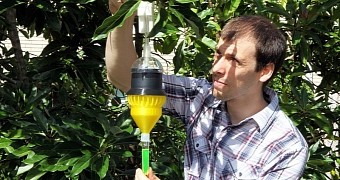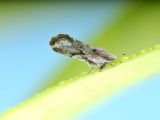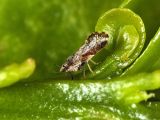The situation of 3D printing is an odd one. The technology has seen a lot of media coverage over the past few years, due to 3D printers finally becoming affordable and small enough for consumers. But not long from now, mentioning it by name might be considered redundant. Bug traps are just a prologue to all that.
Still, whether or not additive manufacturing will go out of sight and out of mind, its usefulness isn't likely to go down.
In fact, becoming ubiquitous to that extreme will only spell good things for the future of the segment, media or no media.
Scientists from Florida have indirectly contributed to that vision of the future, by using 3D printing technology to protect crops from pests, or at least help figure out how to do it.
The sheer damage that insects can cause to crops is astonishing
You probably aren't familiar with the tiny tyrants called Asian citrus psyllids. They are small bugs that can transmit diseases or parasites from one animal or other organism to another.
It is this pest that spreads citrus greening disease through the orange groves of Florida, causing losses of around $4.5 billion / €3.64 over a period of five years.
This, in turn, caused the need to fire 8,000 people because of there simply not being enough citrus crop to need that much manpower.
It's true that state inspectors install trap lines on Florida farms and in orchards to monitor insects, but the most common ones, the glue traps that use “tanglefoot,” don't do what the inspectors need all that well. They're supposed to capture intact specimens, but most of them turn up damaged instead.
This has stymied scientists’ efforts to come up with a genetic or molecular solution to the pests. Especially since the glue lacks preservative agents, so the insects decay fast.
A new 3D printed trap solves that problem
Scientist Trevor Smith and his team at the Florida Department of Agriculture and Consumer Services (FDACS) have been experimenting with a trap that captures the insects in a small reservoir containing just the preservatives needed to collect intact specimens.
The state of Florida and the United States Department of Agriculture (USDA) co-founded the project and hope it will give researchers all the data they need to create a counter-measure to the periodic spread of the psyllids.
An extra advantage is that cost is pretty minimal: the printer was acquired for $2,300 / €1,861 and each trap costs around $10 / €7 to print.

 14 DAY TRIAL //
14 DAY TRIAL // 


